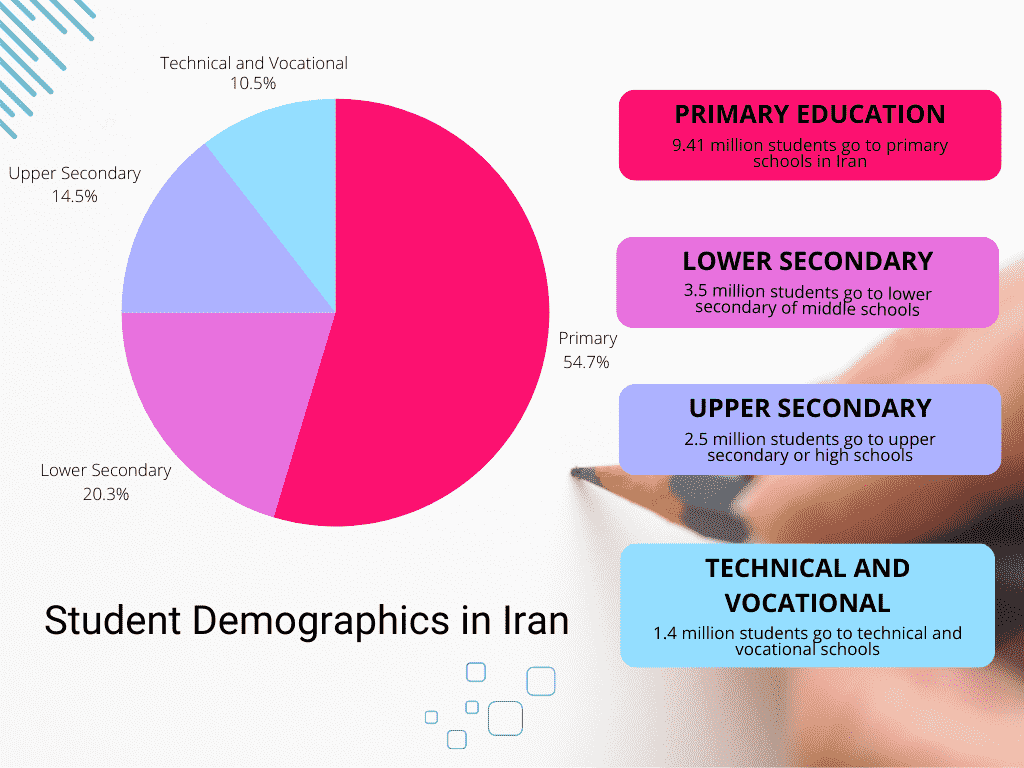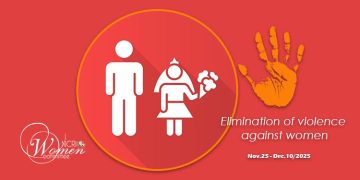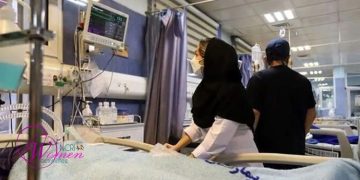Despite having millions of students and a significant number of schools, Iran’s education system faces fundamental challenges regarding educational quality and the equitable distribution of resources. This article examines the conditions of students, schools, class disparities, and the overarching challenges of the education system.
Decline in Student Enrollment and Increase in Dropouts
According to Ali Farhadi, the spokesperson for the Ministry of Education, around 17 million students will enter schools in Iran this year. (Asr Iran – September 11, 2024)
As usual, the numbers provided by officials and regime-controlled sources differ. State-run media reported that 16.5 million students would begin the new academic year, with an average enrollment rate of 88%. (Khabar Online, quoting Tasnim News – September 8, 2024)
This means that 12% of eligible students have not registered, with poverty being the primary cause. According to regime-controlled media, 60% of the population is living below the poverty line. (Bahar News – September 13, 2024)
Last year, the number of students was reported to be 16.7 million. (Pana News Agency – September 23, 2023)
Ali Farhadi stated that 98% of students have registered this year. With 9.4 million primary school students, the number of dropouts is estimated to be 192,000, up from 164,000 last year.
For a clearer picture of the decline in student numbers, Ghasem Ahmadi Lashki, the deputy of legal and parliamentary affairs at the Ministry of Education, pointed out that in 1998 and 2009, Iran had the highest number of students, with around 18.1 million. (ISNA – July 15, 2023)

Student Demographics and the Number of Schools in Iran
Currently, between 16.5 and 17 million Iranian students are enrolled across different educational levels:
- Primary Education: 9.41 million students
- Lower Secondary (Middle School): 3.5 million students
- Upper Secondary (High School): 2.5 million students
- Technical and Vocational Schools: 1.8 million students
No recent exact figures exist regarding the number of schools in Iran. In 2014, there were 107,171 schools nationwide. (Jahan News – March 2, 2015)
These schools were distributed as follows:
- Primary Schools: 61,346
- Lower Secondary Schools: 23,079
- Upper Secondary Schools: 21,186
- Special Education Schools: 1,560
Interestingly, in recent statements, the Ministry of Education has avoided providing the total number of schools. Farhadi mentioned only that between 2013 and 2023, 24,150 schools were built or renovated. (Asr Iran – September 11, 2024)
However, last year, some reports mentioned only 60,000 schools serving 9 million students. (Pana News Agency – September 23, 2023)
When compared to the 107,000 schools in 2014, the damage caused by the clerical regime becomes evident, and the reasons behind the regime’s reluctance to share statistics become clearer.

Inequality and Class Disparities in Schools
The distribution of resources and the quality of education in Iranian schools is extremely uneven. One of the most significant issues in Iran’s educational system is class inequality. Students study in schools with vastly different levels of resources and education quality. This inequality is especially noticeable between public (non-profit) and private (for-profit) schools.
- For-Profit Schools: More than one million students attend these schools, primarily from the wealthier classes. These schools, which charge high tuition fees (between 35 and 80 million tomans), have access to the best resources, and class sizes typically do not exceed 10 students.
- Elite and Gifted Schools: These schools cater to more than 100,000 selected students, often from higher-income families.
- Non-Profit (Public) Schools: In contrast, more than 15 million students study in non-profit (public) schools, many of which are old and lack adequate resources. In deprived and rural areas, many schools face dire conditions, such as a lack of heating or cooling systems, a shortage of qualified teachers, and even classes held in tents or makeshift structures.

Teacher Shortage Crisis
One of the major challenges in Iran’s education system under the clerical regime is the shortage of professional and trained teachers. Due to the forced retirement or dismissal of many teachers, the number of educators has dwindled, and non-specialized individuals, including members of the Basij militia and seminarians, have replaced them.
Once again, no clear statistics are available. A week before the schools reopened, the spokesperson for the Ministry of Education claimed that the issue of teacher shortages had been resolved but refrained from providing specific figures.
However, last year, Ghasem Ahmadi Lashki, the deputy of legal and parliamentary affairs, revealed that 735,350 teachers were officially employed. (ISNA – July 15, 2023) He also disclosed that “last year, we required school principals to teach six hours in the classroom, and vice-principals were also assigned teaching duties.”
Similarly, Babak Negahdari, the head of the Iranian Parliament’s Research Center, admitted that “the Ministry of Education always faces a severe teacher shortage at the start of the academic year.” He added that, due to inadequate planning and preparation, the government had to rely on measures like employing military conscripts as teachers, outsourcing services to the private sector, rehiring retirees, and mandating six teaching hours for school managers, which severely affects the quality of education. (Parliament Research Center Website – July 1, 2024)
He also noted that for the 2024-2025 academic year, there would be a shortage of approximately 176,000 teachers, even under strict staffing policies, including rehiring retirees. He predicted that around 72,000 teachers would retire by September 2024. Although a law allows the Ministry of Education to rehire retirees, delays in payment and low wages pose significant obstacles.
A Bleak Picture of Iran’s Education System
Considering class disparities, a shortage of qualified teachers, inadequate resources, and failed educational policies, Iran’s education system under the clerical regime is in deep crisis.
Class inequality among schools and students, the employment of unqualified teachers, the scarcity of educational resources, high prices for school supplies and uniforms, unsafe transportation in underprivileged areas, and the low quality and often distorted content of textbooks are all significant issues. Resolving these problems is only possible through the overthrow of the clerical regime and its replacement with a democratic government, which many believe is not far off.
























